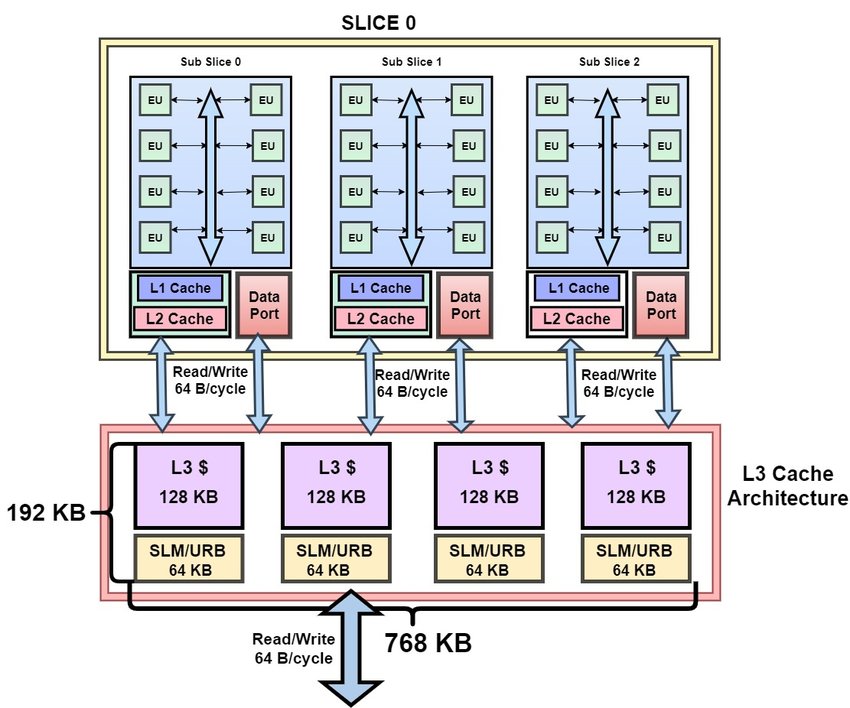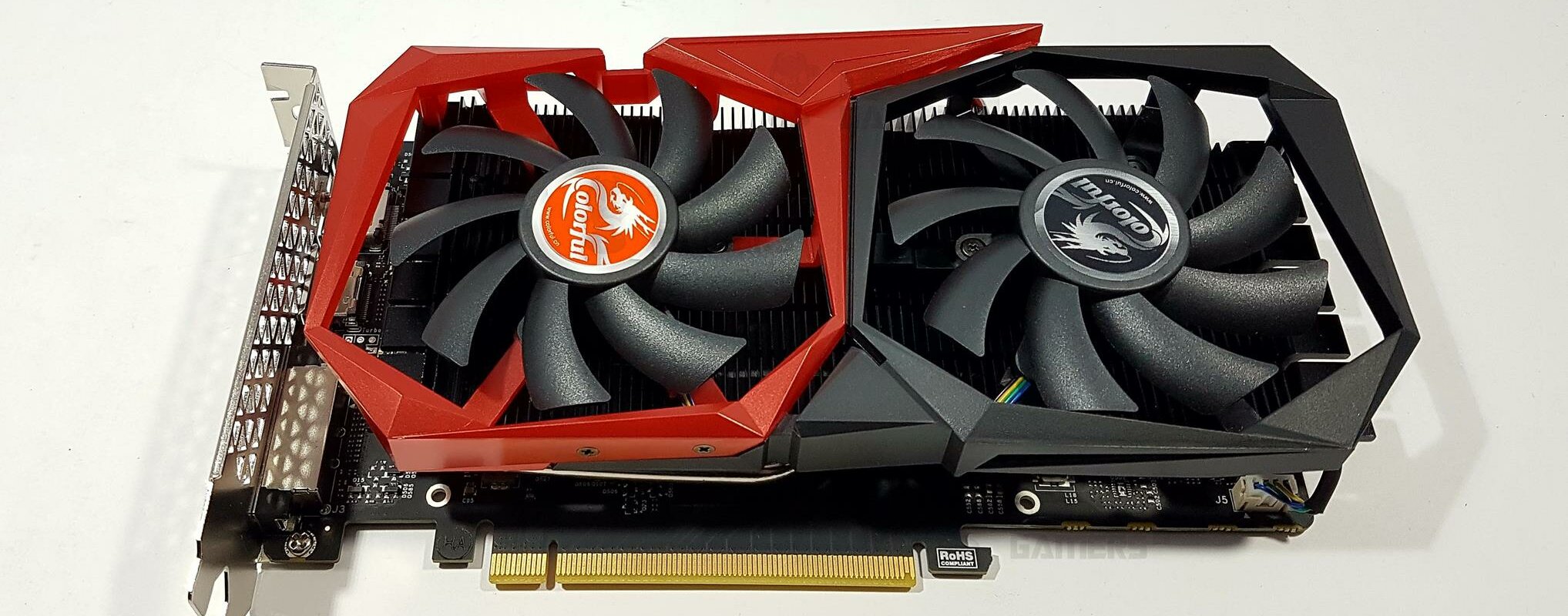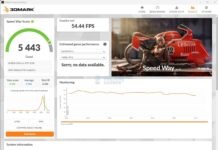Integrated graphics cards are perfect for normal use but not for GPU-intensive tasks. They consume less power and do not generate a lot of heat. A lot of PC users often wonder if motherboards have integrated graphics. Today, in our guide, we will answer this question in detail.
Key Takeaways
- Newer motherboards usually do not possess integrated graphics.
- The dedicated graphics cards perform better than integrated graphics.
- Systems with integrated graphics are less expensive than those with dedicated graphics.
What Are Integrated Graphics
An integrated graphics is a system having the GPU integrated with the CPU. They are generally used in laptops and low-end desktop computers.[1]
Integrated graphics are sufficient for common computing, casual games, and video streaming. However, it struggles in some areas. It’s not great for working with graphics-intensive programs. You can play normal games with it, but not the ones that are GPU intensive.

This type of graphic does not have distinct memory. They use the main system memory. For instance, if the RAM of your PC is 8 GB, then a part of RAM, like 1-2 GB, is shared with the graphics memory.[2] The RAM is used for common computing.
The benefit of using a system with integrated graphics is that it makes the system more affordable. It also consumes less power, thus reducing the overall electricity cost.[3] However, there is also a downside. It usually doesn’t perform as well as a dedicated GPU, and you can’t expect it to do wonders.
What Are Dedicated Graphics
A dedicated graphics card is a standalone component. It manages the entire graphics processing of a computer.[4] It is responsible for rendering videos, high-quality images, 3D graphics, etc. Dedicated graphics cards also generate a lot of heat, and their temperatures matter.[4] We recently discussed the idle temperature for GPUs, so you can check it out.

It is segregated from the motherboard, and you have the luxury of attaching and detaching it. Gamers and other power users typically use dedicated graphics cards that need extra performance.
Integrated Graphics Vs. Dedicated Graphics
| Integrated Graphics | Dedicated Graphics |
|---|---|
| They use the system memory for their normal functioning. | They have their memory and do not need the RAM of the system for performing their tasks. |
| Integrated graphics are less powerful and less efficient. | Dedicated graphics are more powerful and more efficient. |
| Integrated graphics do not generate any extra heat that may warm up the PC. | They generate more heat than integrated graphics. |
| They do not reduce the workload of the processor. Because they are attached to the CPU or the motherboard. | While dedicated graphics reduce the workload of the processor. They do it by managing tasks on their own. |
| Integrated graphics do not consume much power. | They need more power than integrated graphics. |
| Integrated graphics do not have a separate cooling system. | While dedicated graphics have their cooling system. |
| Systems with integrated graphics are not very much expensive. | And if you wish for dedicated graphics in your system. It becomes much more expensive. |
Do Motherboards Have Integrated Graphics?
Older versions of the motherboards had integrated graphics. But nowadays, manufacturers are not producing motherboards with integrated graphics cards or other onboard chipsets for graphics processing. They are assembling dedicated graphics only now.
An integrated graphics card is essential to send the visual signal from the video output of the motherboard to the display. So, if you’re on a tight budget and are not planning to do GPU-intensive tasks, there’s no reason to invest in an expensive dedicated graphics card. Integrated graphics will do the job just fine.
However, it is essential to remember that not every CPU has an integrated graphics card. If that is the case with your CPU, you will need a dedicated graphics card. You can get a normal one that can help you do regular tasks.
Factors Affecting The Performance of Integrated Graphics
Several factors determine the performance of a computer’s integrated graphics. These factors include the number of graphics cores, clock speed, memory type, etc. The performance also depends on the manufacturer.
- Number of Graphics Cores: The number of graphics cores is the most critical factor. It determines the number of pixels processed per second. The greater the number of graphic cores, the greater the performance of the integrated graphics card will be.
- Clock Speed: The clock speed is also critical. It determines the number of operations performed per second.[5] If the clock speed increases, the integrated graphics card will accomplish tasks more incredibly.
- Memory Type: The memory used also affects the execution of integrated graphics. The faster types of memory can provide a significant boost in performance.
How To Find Out If Your Motherboard Has Integrated Graphics
There are a few methods to determine whether your motherboard has integrated graphics.
- The first way is to check the motherboard’s manual or specifications. This will usually list whether the board has integrated graphics or not.
- Another way to check is to look at the back of the motherboard where the ports are. If there are no video ports (such as HDMI, DVI, or VGA), then it is likely that the board does not have integrated graphics.
- The last way to check is to boot up your PC and open the BIOS settings. An option for integrated graphics would be there. And if it is disabled, the motherboard will not have integrated graphics.
What To Keep In Mind Before Making A Choice
When choosing between integrated and dedicated graphics, there are several things we must keep in mind.
Integrated graphics are usually sufficient for typical jobs, video playback, and simple gaming. Yet, GPU-demanding tasks, such as exhaustive videotape editing, crypto mining, and heavy gaming, make the integrated graphics ineffective. So whether integrated graphics are enough depends entirely on your graphics needs.
You may opt for integrated graphics if you use your PC for everyday routine tasks or regular games that do not impose a heavy load on your system.
On the other hand, if you want your system to deliver higher performance, you need to get a dedicated graphics card.
Conclusion
Till now, you would have gotten the answer to “Do motherboards have integrated graphics?”. If you are building a PC for routine use, choose a motherboard with an integrated graphics processor. However, remember that manufacturers no longer produce motherboards with integrated graphics, so you must find an old model.
If you’re on a tight budget or don’t want gaming or a high-performance PC, there’s no reason to invest in an expensive dedicated graphics card. Integrated graphics make a lot more sense in these situations.
But if you have a handsome budget and want to build a high-performance PC for extreme gaming, crypto mining, or any other high-power demanding work, getting a dedicated graphics card will be wise.
More Helpful Resources By Tech4Gamers:
- GPU Artifacting: Everything You Need To Know
- CPU Temperature While Gaming [Extensive Guide]
- A Guide To CPU Cooler Noise Levels
- What Is A CPU Socket? [Explained]
- CPU Cores: Everything You Need To Know
- CPU Threads: All You Should Know
References:
-
The City University Of New York: GPUs and GPU Programming. Retrieved from https://www.cs.hunter.cuny.edu/~sweiss/course_materials/csci360/lecture_notes/gpus.pdf
-
Fedora discussion. Less ram is shown by Fedora. Retrieved from https://discussion.fedoraproject.org/t/less-ram-is-shown-by-fedora/74161
-
NRDC. Slashing Energy Use In Computers And Monitors While Protecting Our Wallets, Health, And Planet. Retrieved from https://www.nrdc.org/sites/default/files/slashing-energy-use-computers-monitors-ib.pdf
-
University of Nevada, Las Vegas. GIS Software and Tools. Retrieved from https://guides.library.unlv.edu/GIS/Software
-
DoIT Help Desk. Basic Computer Hardware Guide. Retrieved from https://kb.wisc.edu/helpdesk/page.php?id=65254
FAQs About Integrated GPUs
An integrated graphics card is a GPU built into a computer’s motherboard or CPU. Through the aid of integrated graphics, we can use our GPU for both common computing and simple graphics work.
Older versions of motherboards used to have integrated graphics cards, but manufacturers are no longer producing such motherboards.
If your CPU or motherboard has an integrated graphics card, you can enable it by going to “Integrated Graphics” in the “Advanced” tab of the “graphics Properties”. Then select “Enable”, save changes, and restart your PC.
Thank you! Please share your positive feedback. 🔋
How could we improve this post? Please Help us. 😔
[Wiki Editor]
Ali Rashid Khan is an avid gamer, hardware enthusiast, photographer, and devoted litterateur with a period of experience spanning more than 14 years. Sporting a specialization with regards to the latest tech in flagship phones, gaming laptops, and top-of-the-line PCs, Ali is known for consistently presenting the most detailed objective perspective on all types of gaming products, ranging from the Best Motherboards, CPU Coolers, RAM kits, GPUs, and PSUs amongst numerous other peripherals. When he’s not busy writing, you’ll find Ali meddling with mechanical keyboards, indulging in vehicular racing, or professionally competing worldwide with fellow mind-sport athletes in Scrabble at an international level. Currently speaking, Ali has completed his A-Level GCEs with plans to go into either Allopathic Medicine or Business Studies, or who knows, perhaps a full-time dedicated technological journalist.
Get In Touch: alirashid@tech4gamers.com


 Threads
Threads



